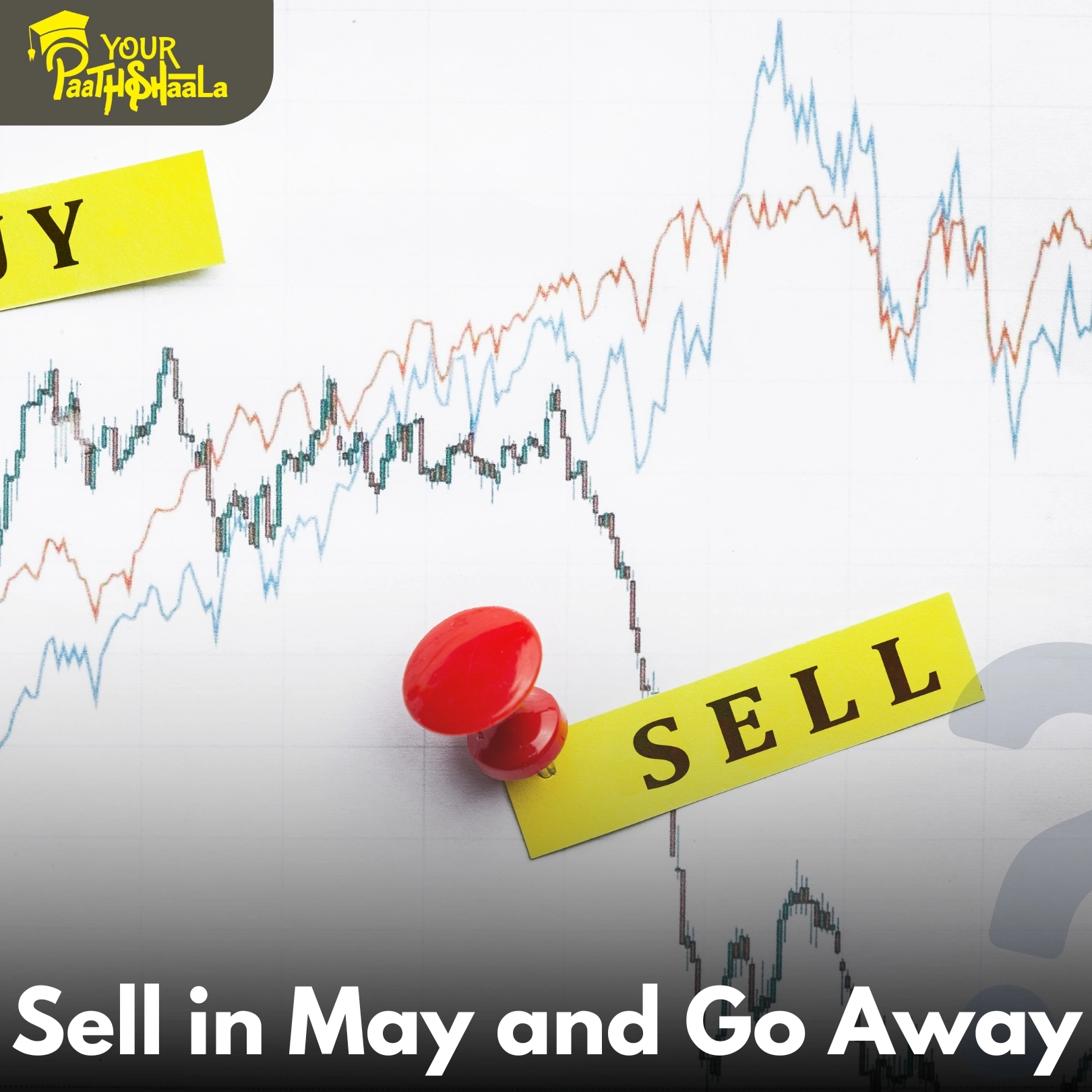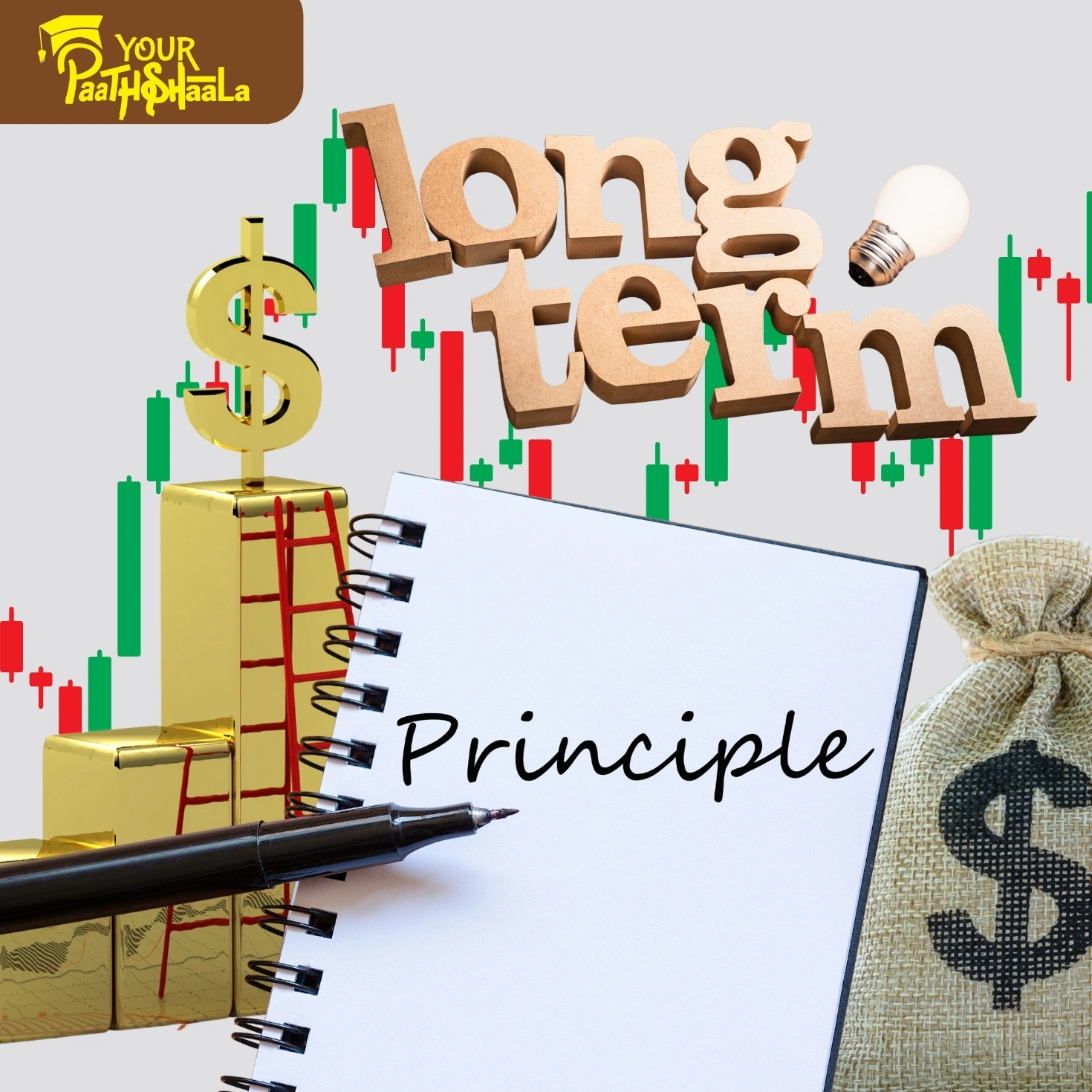Sell in May and Go Away: Myth or Reality? Unpacking the Truth Behind the Famous Stock Market Adage
Every spring, as the weather warms and summer approaches, a familiar phrase starts circulating among investors and traders: “Sell in May and Go Away.” This old saying suggests that stock markets underperform during the summer months, and that investors would be better off selling their stocks in May and returning to the market in the fall. But is there any truth behind this adage, or is it just another market myth? In this in-depth, SEO-friendly guide, we’ll explore the origins, historical data, psychological factors, and practical considerations behind “Sell in May and Go Away”—and help you decide whether it’s a strategy worth following.
The Origin of “Sell in May and Go Away”
The phrase “Sell in May and Go Away” dates back to England’s financial district, with the original saying being, “Sell in May and go away, come back on St. Leger’s Day.” St. Leger’s Day refers to a famous horse race in September, marking the end of the summer social season. Historically, British aristocrats and bankers would leave London for the summer, returning in the fall to resume business and investing1.
The modern version of this adage suggests selling stocks at the start of May, holding cash through the summer, and reinvesting in November. The idea is to avoid the supposedly weaker performance of the stock market from May through October and capture stronger gains from November through April12.
What Does the Data Say?
Historical Performance: Mixed Evidence
S&P 500 Returns:
Since 1990, the S&P 500 has averaged about 3% returns from May to October, compared to about 6.3% from November to April34. This means the “winter” months have historically outperformed the “summer” months, lending some support to the adage.Long-Term Trends:
Going back further, the difference in returns is smaller. In some decades, summer returns have even outpaced winter returns, such as in the 1930s and 1940s3.Recent Years:
There have been years when summer returns were strong, such as 2020 (24% gain from May to October) and 2009 (21.9% gain), while winter returns were negative3.Presidential Election Years:
In U.S. presidential election years, the S&P 500 has risen about 78% of the time from May to October, compared to 64% in non-election years3. This suggests that in some years, especially election years, the market can defy the seasonal trend.
International Evidence
Research shows that the “Sell in May” effect, also called the “Halloween Effect,” appears in many global markets, with winter months generally outperforming summer months. However, the effect is not uniform and can vary by country, decade, and market conditions5.
Why Might This Pattern Exist?
Seasonal Factors and Investor Behavior
Vacations and Trading Volume:
Historically, trading activity drops during the summer as investors and professionals take vacations, leading to lower volumes and sometimes less market momentum.Psychological Cycles:
Some researchers suggest that investor optimism peaks in the winter and spring, leading to stronger returns, while summer brings more caution and risk aversion5.Seasonal Affective Disorder (SAD):
Studies have linked shorter daylight hours in winter to increased risk-taking and optimism, while longer summer days may lead to more conservative behavior5.
Sector Rotation
Certain sectors perform differently throughout the year. For example, cyclical sectors may do better in winter, while defensive sectors might hold up in the summer. Some analysts suggest rotating between sectors rather than exiting the market entirely4.
The Flaws and Limitations of “Sell in May and Go Away”
1. Not Always Reliable
While averages show weaker summer returns, there are many years when the market performs well from May to October. Relying solely on this strategy could mean missing out on significant gains3.
2. Market Timing is Difficult
Consistently timing the market is extremely challenging. Exiting in May and re-entering in November can lead to missed opportunities and increased transaction costs3.
3. Transaction Costs and Taxes
Selling and buying back stocks incurs transaction fees and may trigger capital gains taxes, reducing overall returns3.
4. Dividend Reinvestment and Compounding
Staying invested allows you to benefit from dividend reinvestment and compounding, which are powerful drivers of long-term wealth3.
5. Sector and Stock Differences
Not all stocks or sectors follow the same seasonal patterns. Some industries may outperform in the summer, and blanket selling ignores these nuances24.
What Do the Experts Say?
Long-Term Investors:
Most financial advisors recommend staying invested and following a long-term strategy rather than chasing calendar-based trends234.Tactical Traders:
If you want to act on seasonality, consider sector rotation or adjusting your portfolio’s risk profile, rather than selling out entirely4.Analysts’ View:
In some years—especially during presidential elections or unique economic conditions—the market can rally in the summer, defying the adage23.
Practical Tips for Investors
1. Focus on Trends, Not Myths
Rely on data, market trends, and sound analysis rather than old sayings. Use technical and fundamental analysis to guide your decisions.
2. Diversify Your Portfolio
Diversification helps manage risk in all seasons. Don’t base your strategy on a single calendar effect.
3. Consider Dollar-Cost Averaging
Investing regularly, regardless of the season, helps smooth out market volatility and avoids the pitfalls of market timing.
4. Monitor Sector Performance
If you’re interested in seasonality, research which sectors historically perform better at different times of the year and adjust your allocations accordingly.
5. Stay Invested for the Long Term
Missing just a few of the market’s best days can significantly hurt your returns. Staying invested and letting your portfolio grow through compounding is usually the best approach.
Frequently Asked Questions
Q: Does “Sell in May and Go Away” work every year?
A: No. While averages support the idea of weaker summer returns, there are many years when the market performs well from May to October.
Q: Should I sell all my stocks in May?
A: Most experts advise against making investment decisions based solely on this adage. Focus on your long-term goals and portfolio strategy.
Q: Are there better alternatives to this strategy?
A: Yes. Consider sector rotation, risk management, and regular rebalancing rather than exiting the market entirely.
Q: What about transaction costs and taxes?
A: Frequent buying and selling can incur costs and trigger taxes, which may reduce your overall returns.
Conclusion
“Sell in May and Go Away” is a catchy phrase rooted in historical data, but it’s not a foolproof strategy. While there is some evidence that summer months have delivered lower average returns, the pattern is far from reliable. Many years defy the trend, and trying to time the market based on this adage can lead to missed opportunities, higher costs, and unnecessary risk.
The best approach?
Focus on your long-term investment plan.
Diversify your portfolio.
Pay attention to real market trends and data—not just old sayings.
Stay disciplined, patient, and consistent.
Markets are influenced by countless factors, from economic data to global events, and no single calendar-based rule can predict their movements. Instead of selling in May and going away, stay informed, stay invested, and let your strategy—not a myth—guide your financial future.







